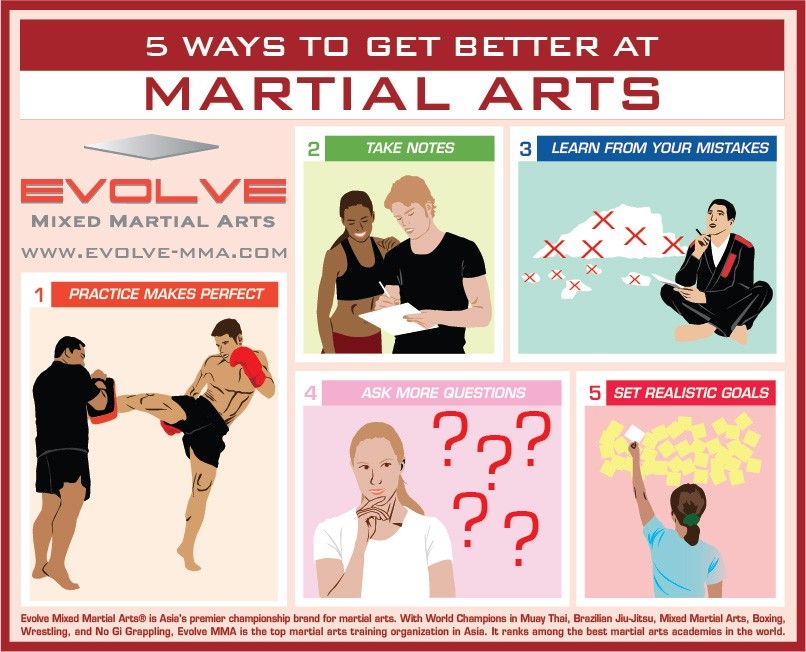The Global Trip And Advancement Of Martial Arts Throughout History
The Global Trip And Advancement Of Martial Arts Throughout History
Blog Article
Content Composed By-Sutton TRUE
Martial arts have an interesting history that covers centuries and continents. You may find it fascinating exactly how ancient techniques like Shuai Jiao and Kalaripayattu laid the groundwork for contemporary battle strategies. These techniques not only stress physical skills yet also mirror the cultures that birthed them. As you discover their advancement, take into consideration how globalization has actually transformed these standard forms right into crossbreed styles. What influences do you think have formed today's martial arts landscape?
Ancient Martial arts: The Structures of Combat
As you explore the globe of ancient martial arts, you'll uncover the abundant structures that formed combat techniques across cultures. Very early methods concentrated on Self-Defense and survival, commonly including strikes, grappling, and weapons.
In old China, as an example, methods like Shuai Jiao stressed tosses and joint locks, while India's Kalaripayattu showcased dexterity and fluid movement. Japanese samurai established Kenjutsu, a polished swordsmanship that highlighted technique and strategy.
These martial arts served not just for battle however additionally as a means of individual development, instilling worths like respect and perseverance. The mixing of these methods over time prepared for the varied martial arts you see today, each reflecting the unique ideologies and requirements of its culture.
The Cultural Influence on Martial Arts Growth
While martial arts usually mirror the sensible needs of a society, they also embody the cultural values and ideas of their origins. When you check out various martial arts, you'll notice just how they're affected by faith, ideology, and social norms.
For instance, the emphasis on regard and self-control in Japanese martial arts originates from Zen Buddhism and samurai culture. On the other hand, Brazilian Jiu-Jitsu promotes versatility and strategy, shaped by the need for performance in a diverse, modern atmosphere.
You might discover that the routines, uniforms, and training approaches show a community's background and identity. By comprehending these cultural influences, you deepen your gratitude of martial arts and their duty fit human experiences around the world.
Modern Adaptations and the Globalization of Martial arts
Martial arts have transformed significantly in current years, adapting to contemporary society and international impacts. You'll discover that traditional forms have blended with modern techniques, creating hybrid styles like MMA. These adaptations accommodate diverse target markets, making martial arts accessible and attractive globally.
With visit the following site of social media sites and digital platforms, you can find tutorials and competitions from all edges of the globe, damaging geographical obstacles. This globalization has caused a common appreciation for numerous techniques, from Brazilian Jiu-Jitsu to Taekwondo.
As you engage with these arts, you'll recognize they're not practically combat; they advertise physical fitness, discipline, and mental well-being.
Eventually, contemporary adjustments have actually enriched the martial arts landscape, making it a dynamic and progressing practice.
Conclusion
In exploring the history and evolution of martial arts, you reveal an interesting blend of methods, cultures, and viewpoints. From taekwondo for adults beginners near me -controls like Shuai Jiao and Kalaripayattu to the modern-day adaptability seen in MMA, martial arts show humankind's pursuit for Self-Defense and personal development. As you engage with these practices, you not only get abilities yet also a deeper admiration for the diverse practices that form our globe today. So, continue your journey and accept the art of combat!
